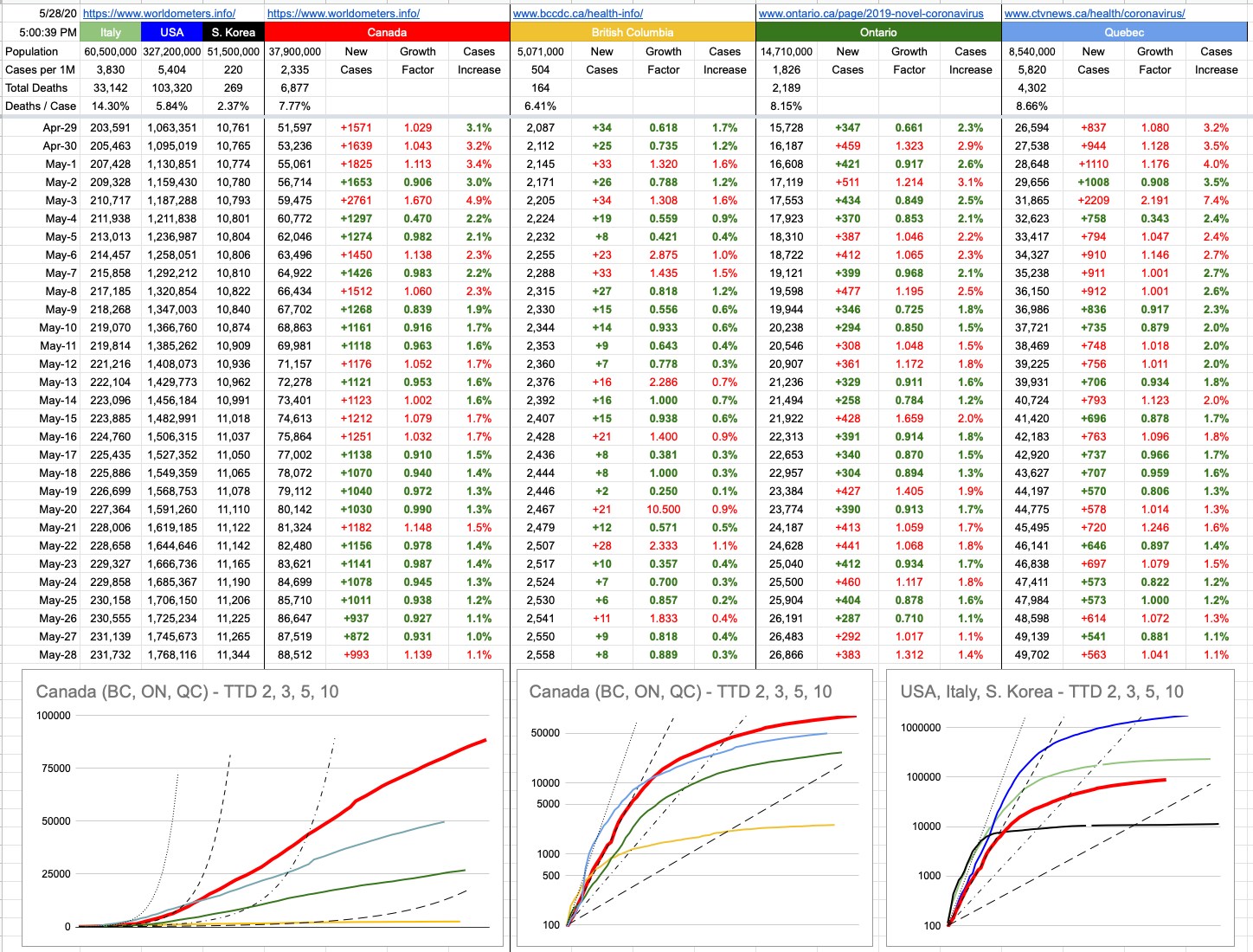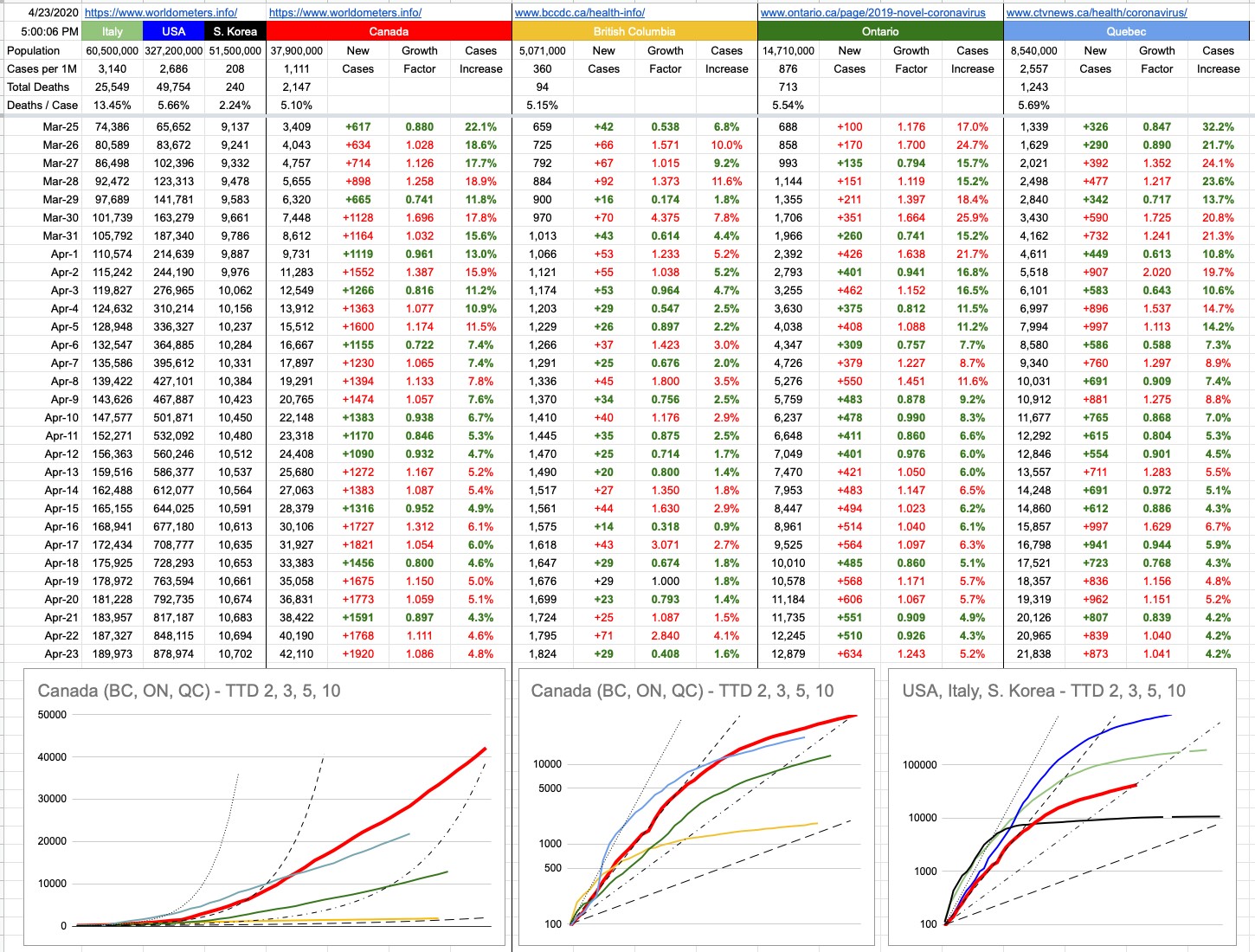Day 73 – May 28, 2020
The whole “too many chefs in the kitchen” or “too many cooks spoil the broth” — the thought behind it applies to pretty-much everything in life. Certainly, from experience… having been both the guy being told what do do — and the guy telling others what to do — I strongly believe in it.
One key to success — again, in many facets of life… and I’ve said it often… surround yourself with capable people and let them do their thing. This means understanding that they will do things… differently. Compared to what you would’ve done, it might be better or it might be worse… but it’ll certainly be different. The thing is, as long as you were right — that they were the right person for the job, capable of doing it — it should turn out alright. And this doesn’t mean that person is the one who does everything; it’s just clearly understood that the entire thing, no matter what it is… they answer to it. They can delegate jobs, hire extra people, whatever… but it’s up to them.
The chef/kitchen thing is a great example, actually. One can only imagine the chaos a large-scale kitchen would endure if multiple bosses were screaming out orders. There is a hierarchy, and at the top of it is the head chef. There may be a sous-chef, a pastry chef, a number of others… and multiples thereof. But there is a well-defined tip of the pyramid.
On one particular day… around 20 years ago, three former premiers of this province were all in Provincial Court on the same day. A complete coincidence… Bill Vander Zalm with his Fantasy Gardens scandal, Mike Harcourt with his BingoGate scandal, Glen Clark with his casino-license-for-deck-repairs scandal…. all there for different reasons, but all there to face the music with respect to abusing the public trust in some way, scandals that drove all of them out of office. That’s a SoCred and two NDPers, but corruption crosses all party lines. Subsequent to that came Gordon Campbell, Liberal, ultimately driven from office by the BC Rail Scandal. What is it with B.C. and our elected premiers? Scandalous.
I guess I’m relieved that the guy in charge these days isn’t some wild-west shoot-from-the-hip sort, doing whatever he pleases for personal gain. That would be a disaster in this present climate. John Horgan picked the excellent people with whom to surround himself, Adrian Dix and Dr. Henry, and he’s letting them run with it… and they were the right people for the job, and they continue to deliver outstanding results. This is textbook good management and proper delegation, and we in this province are very fortunate to have it.
Can you imagine a scenario where first Dr. Henry gives her daily update, then Adrian Dix gives his, and then The Premier stands up and discounts all of it? Questions their numbers, questions their strategies, makes up some stuff to suit his narrative? Suggests we ignore what we just heard? What a nightmare for the people listening and trying to figure it all out. That’s perhaps the biggest blessing around here, and perhaps the biggest differentiator than many other places; at the end of the day, our response is being led by a scientist, not a politician. On paper, Dr. Bonnie Henry isn’t the top of that pyramid, but in every other practical sense, she is…. and the consistent messages we get on an almost-daily basis, and their transparency, may well be the biggest reason we’re doing so well around here, compared to even other parts of Canada, where the response has been driven by politicians.
The corruption aspect — at the expense of the greater good — is nowhere clearer than in some of the head-scratching decisions we have seen being made elsewhere. The push to open gyms — enclosed spaces of people breathing heavily and touching many common surfaces? Sure, they have to open eventually… and around here, some are — under strict regulation. But in places where numbers are still rising? You have to look no deeper than the political connections and influence being imposed. That was the easy and obvious part to understand. Political business as usual. Like everywhere. Except the stakes aren’t money; they are people’s lives.
And now, there’s a more serious problem… some of those governors, intelligently ignoring the confusing and conflicting directives coming from higher up, are imposing their own orders… and many people are simply ignoring them, choosing to listen to whomever is in charge, somewhere up there — that agrees with what they want to hear. Many businesses, gyms among them, in numerous states… will be (if they’re not already), defying their respective governor’s orders to stay closed for now. Business as usual.
What a mess, from so many different points of view… legal, health, practical. And when it all goes to hell, the fingerpointing will be fierce. Sure, the mayor said we should’t open, but the governor said it was fine. Yeah, the governor said we shouldn’t open, but the president said it was ok. Unfortunately, those mixed messages may come back to haunt them.
View Original Post and All Comments on Facebook











